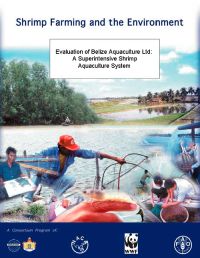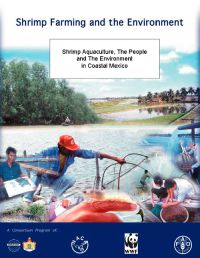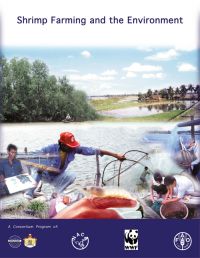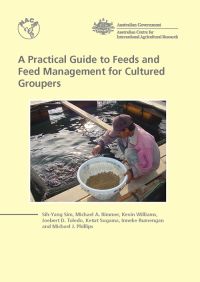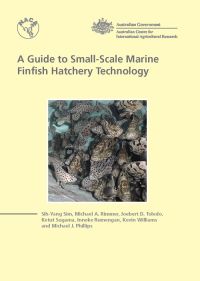Belize Aquaculture, Ltd., has developed a superintensive shrimp aquaculture system operating in lined ponds with heavy mechanical aeration and water recirculation. The pilot study has been in progress for two years. Shrimp production has ranged from less than 8,000 kg/ha to more than 20,000 kg/ha per crop. Because the Belize Aquaculture, Ltd., production system appears to address a number of the environmental impacts of traditional shrimp aquaculture systems, a case study of this unique system was conducted.
This report reviews the state of shrimp aquaculture developent in Mexico, including its impact on employment, complexities surrounding coastal property rights, investment and health issues. Regulation and monitoring of the industry are still in their infancy, but SEMARNAP is putting in place a system that may be able to ensure that aquaculture will be sustainable. More effective involvement of the NGO community in the aquaculture sector may also help to monitor and ensure compliance with environmental regulations.
Several stakeholder groups have formulated and recommended the implementation of better management practices (BMPs)aimed at improving production efficiency and/or ameliorating impacts of shrimp farming on the environment. In this study, an economic optimisation model with an environmental component was used to evaluate the effects of five specific BMPs on the profitability, optimal selection of management strategies, and net quantities of nutrients discharged by semi-intensive shrimp farms in Honduras and small-scale operations in Honduras and Nicaragua.
Most marine fish farms in Asia still rely on what is commonly termed "trash fish". Despite it's apparent abundance and availability, there are some issues and problems related to its use in fish farming. This guide explores new and better farming practices making use of formulated feeds, as well as technical aspects of feed storage and quality control, management of feeding including weaning of groupers onto formulated feeds and economic considerations.
Recent improvements in hatchery production technology for high-value marine finfish species such as groupers have led to an increased interest in setting up hatcheries to produce fingerlings for aquaculture. Small-scale hatcheries make this technology available to poor people in developing countries. This guide provides an outline of the requirements to establish a small-scale marine finfish hatchery, particularly the economic aspects.
